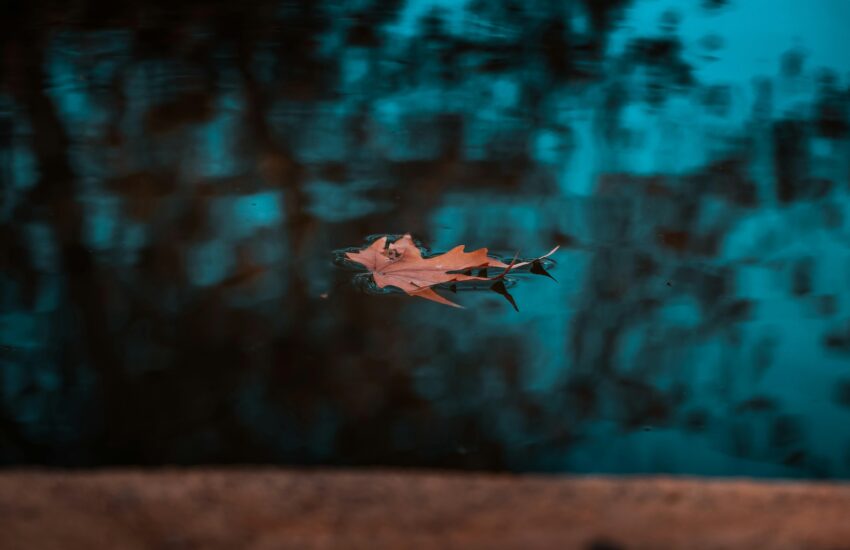Hamster Friendly Plants
Creating a safe and enriching environment for your furry friend involves careful attention to the plants you include in their habitat. Many commonly found plants can be toxic to hamsters, making it essential for pet owners to understand which species are safe. In this article, we will explore a variety of hamster-friendly plants, their benefits, and practical tips for incorporating them into your pet’s living space.
Benefits of Hamster Friendly Plants
Hamster-friendly plants can significantly enhance your pet’s quality of life. They offer natural hiding spots, encourage exploration, and may even improve the air quality within the enclosure. Additionally, certain plants can provide nutritional value as safe snacks for your hamster. Incorporating these plants can transform a simple cage into a thriving ecosystem, promoting mental and physical well-being for your small pet.
Improved Habitat
Plants can serve many purposes in a hamster’s habitat. By creating a more natural environment, they encourage your pet to engage in instinctual behaviors like burrowing and foraging. **Hamster-friendly plants** such as wheatgrass or parsley can be arranged to create a beautiful and functional landscape. Adding these elements not only satisfies the aesthetic preferences of pet owners but also contributes to the overall happiness of the hamster.

Safe Snacks
Some hamster-friendly plants can also double as nutritious snacks. For instance, small leaves of basil or cilantro can be offered to your pet, providing essential vitamins and minerals. Regular consumption of these plants can supplement a balanced diet, contributing to their health. However, moderation is key; you should introduce new foods gradually to monitor for any adverse reactions.
List of Hamster Friendly Plants
Not all plants are suitable for hamsters. Here’s a list of some excellent choices that you can safely introduce into your pet’s environment:
- Wheatgrass: A great source of fiber and vitamins.
- Cat grass: Perfect for hamsters to nibble on.
- Basil: Easy to grow and serves as a tasty treat.
- Parsley: Rich in vitamin K; offers health benefits.
- Cilantro: Safe and nutritious for hamsters.
Adding these plants to the cage can develop a more vibrant and lively atmosphere conducive to exploration and play. Ensure that the plants are organic and free from pesticides or chemicals before introducing them.
Plant Care and Maintenance
Caring for hamster-friendly plants is straightforward but essential for ensuring that they remain safe for your pet. The key is to provide sufficient moisture and light without overdoing it. Here are some tips to keep your plants healthy:
Watering
Most **hamster-friendly plants** require moderate watering. Overwatering can lead to rot and harmful mold growth. It’s vital to check the soil regularly; if the top inch is dry, it’s time to water. Using a spray bottle can help maintain humidity without drowning the roots.
Light Requirements
Light is essential for plant health. Most of these plants flourish with indirect sunlight; direct sunlight can scorch their leaves. Placing them near a window with filtered light or under a grow light for a few hours daily can promote healthy growth. Always observe the plants for signs of distress, such as wilting or discoloration.

Creating an Enriching Environment
Incorporating hamster-friendly plants is only one aspect of creating a nurturing environment. The arrangement and diversity of plants play a significant role in enhancing your hamster’s experience. Mixing various types ensures that they have the opportunity to explore different textures, scents, and tastes in their cage.
Layout Ideas for Plant Arrangement
When arranging plants in the hamster cage, consider creating levels or layers. Use varying heights to provide hiding spots and perches. This naturalistic layout invites your hamster to explore and navigate through their territory, emphasizing their instincts. You can also incorporate safe climbing structures, such as wooden platforms, to complement the planted areas.
Signs of Plant Health
Monitoring the health of your hamster’s plants is crucial for their safety. Look for any drooping leaves or discoloration, as these can indicate that the plant is unhealthy. Always remove any dead plant matter from the enclosure to maintain cleanliness. Regular check-ups will ensure that your hamster is safe from potential toxins that unhealthy plants may release.
Conclusion
Incorporating **hamster-friendly plants** into your pet’s environment offers numerous benefits, from creating a nurturing habitat to providing safe snacks. By understanding which plants are safe and how to care for them effectively, you can significantly enhance your hamster’s quality of life. Moreover, a well-decorated cage not only pleases the eye but enriches the experiences of your furry friend.
FAQ
1. What are some signs of toxic plants for hamsters?
Toxic plants may cause symptoms such as vomiting, diarrhea, lethargy, or unusual behavior. Always consult with a veterinarian if you suspect your hamster may have ingested something harmful.
2. Can I grow hamster-friendly plants indoors?
Absolutely! Most of these plants grow well indoors with proper care, including sufficient light and watering. Ensure you choose a location with good air circulation.
3. How often should I change the plants in my hamster’s cage?
It’s advisable to replace live plants regularly, typically every few weeks, to maintain freshness and prevent decay. Dead or deteriorating plants should be removed immediately.
4. Are there any plants I should avoid entirely?
Yes, avoid plants like azaleas, lilies, and foxgloves, as they can be toxic to hamsters. Always do thorough research before introducing new plants.
5. Can I give my hamster plant cuttings?
Yes, small cuttings from **hamster-friendly plants** can be offered as treats. However, ensure that they have not been treated with pesticides or chemicals before giving them to your pet.
